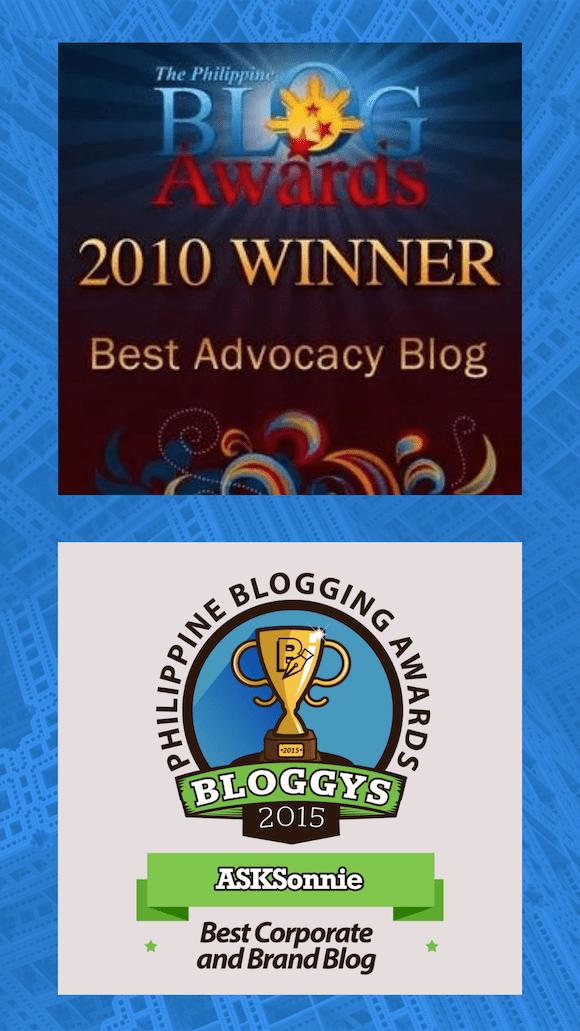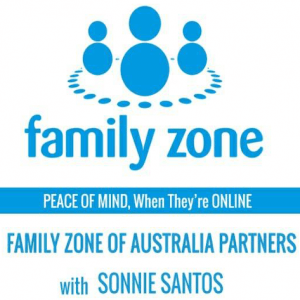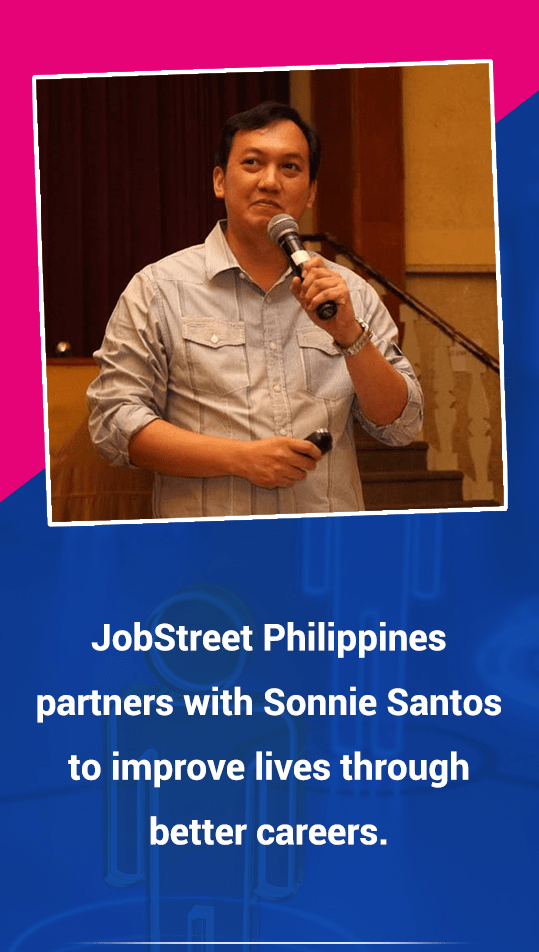In my previous post, I shared both the carousel, and the full article of my panel talk at the recent HR Leadership Summit 2025—where I discussed how a company turned around from USD 27 million in accumulated losses. In this piece, I’d like to highlight my key takeaways.

Humans + Tech + Purpose: A 2025 Starter Guide for HR Professionals and Business Owners
I learned that three big ideas are reshaping how organizations succeed: Collaborative Leadership, the PPP or Triple Bottom Line, and Agile Leadership.
Put simply, collaborative leadership means people and technology work together so that tasks become easier and quality improves. While the PPP framework asks leaders to measure success by People, Profit and Planet—because neglecting any one of these eventually damages the others. And Agile leadership means embracing and experimenting with new ways of working in response to today’s VUCA and BANI environment—while still delivering results.
You don’t need a huge budget to apply these principles. What you do need is clarity, the courage to run small experiments, and the discipline to track a few basic metrics.
Collaborative Leadership: Humans and Technology Working Side by Side
Collaborative leadership is about using technology to take care of repetitive tasks so that your people can focus on judgment, relationships and creativity.
To begin, list around twenty tasks in your organisation that are repetitive—anything from answering FAQs and entering data to sending routine status updates or formatting reports. From that list, choose one “easy win”: a task that happens often, follows clear rules, and carries little risk.
After this, explore innovative ways either with legacy tech or AI on how you can automate this repetitive tasks so your employees can pursue more value adding tasks.
For HR, this might look like an HR Helpdesk Lite—a single internal page with the thirty most asked questions and a form for new ones. It could be a simple Payroll Checks using spreadsheet rules to flag duplicates or missing data before cut-off.
For micro and small enterprises (MSMEs), collaborative leadership can mean saved replies for customer inquiries, threshold alerts on fast-moving inventory using a shared sheet, or a basic appointment booking link that replaces endless text messages.
Avoid two common pitfalls: buying a sophisticated tool before the process is mapped and failing to assign ownership. First map the steps on a single page, then select the smallest tool that solves the problem, and appoint a process owner to review results every two weeks.
PPP (People–Profit–Planet): The Triple Bottom Line Without the Jargon
The PPP framework challenges leaders to run their business so that people thrive, margins improve, and waste goes down—at the same time.
Start by picking one key performance indicator (KPI) for each of the three Ps and set a small improvement target.
For People, you might track safety incidents, sick days, employee engagement scores or training hours. For Profit, focus on gross margin percentage, cash conversion cycle or cost of rework and warranties. For Planet, measure electricity use, fuel spend or the volume of scrap and waste.
Next, commit to one small action for each P over the next thirty days. For People, hold a five-minute toolbox talk every Monday or add a short micro-training each month. For Profit, fix the biggest source of rework or returns and standardise one tricky step. For Planet, replace a quarter of your bulbs with LEDs or repair the most obvious energy leak such as an air-compressor or air-conditioning unit.
Finally, publish a one-page PPP scorecard each month. Celebrate the wins and set the next small target.
HR teams can introduce well-being micro-habits such as ten-minute stretch breaks or a quiet hour, build a skills matrix and reward cross-training with micro-badges, or tie performance goals to at least one People or Planet KPI—for example, reducing rework through training or coaching for safety. MSMEs can put a red bin for defects and count them daily to solve the top cause each week, track the electric bill weekly and shut down idle equipment at lunch, or introduce a simple “stop-the-line” rule so that anyone can pause work to correct a hazard.
Avoid treating PPP as a poster campaign. Link every action to cost savings or risk reduction and show the pesos saved. And don’t set too many targets—focus on one KPI per P until you have real momentum.
Agile Leadership: Learning while Performing
Agile leadership is a way of leading that thrives on adaptability, responsiveness, and empowerment—qualities that are vital in today’s VUCA (volatile, uncertain, complex, ambiguous) and BANI (brittle, anxious, non-linear, incomprehensible) world. Instead of sticking to long, rigid plans, agile leaders create conditions where teams can self-organize, experiment, and learn quickly, while still ensuring that business results are delivered.
What Agile Leaders Do Differently
Agile leaders act more like coaches than commanders. They remove obstacles that slow down their teams and trust them to decide how to reach agreed goals. They communicate a clear vision of why the work matters, then give their people the freedom to figure out how to get there. They encourage regular feedback and continuous learning, so improvements become part of the daily rhythm.
This is a shift from traditional leadership, which often relies on strict control and long-range plans. Where traditional leaders measure success by how closely teams follow the plan, agile leaders measure success by how quickly teams deliver value and respond to change.
How to Put Agile Leadership into Practice
Instead of launching six-month projects, break work into short cycles—typically two weeks—to test ideas and adapt. Start by defining a clear two-week goal in simple terms: “In two weeks, we will deliver X that solves Y. We’ll know it worked if we achieve Z result.”
Next, form a small squad of three to five people. Appoint one person as the point leader and give the group a firm time limit to avoid endless meetings. At the end of each cycle, hold a brief “demo” or review session: present the outcome, check the agreed success measure, and decide whether to keep the idea, tweak it, or stop and redirect resources.
Practical Applications for HR
HR teams can apply agile leadership by piloting quarterly performance check-ins with just one department before rolling out company-wide. They can launch a policy MVP—a simplified policy tested at one site—before full implementation
Quick Wins for Small Businesses
Micro and small enterprises (MSMEs) can use the same approach to stay competitive. For example, they can test a new product bundle or mini-package for two weeks and measure sales conversion. They might open a new sales channel such as a marketplace or WhatsApp broadcast with a clear target. Or they can pilot a 24-hour service response promise and track repeat orders and customer satisfaction.
Pitfalls to Avoid
Two common mistakes can derail agile leadership. First, calling a project “agile” without changing how work is done—still running long projects but using the word “sprint.” Second, running experiments without clear metrics, which turns agility into guesswork. Protect time for the team—at least a couple of hours each week—and always end each cycle with a review and a single, visible success metric.
By focusing on adaptability, empowerment and fast learning, agile leadership equips both HR teams and business owners to navigate uncertainty and seize opportunities, without losing sight of consistent results.
Quick Answers to Common Questions
Do small organisations need special software? No. Start with a shared spreadsheet and saved message templates. Add tools only when the process is stable.
How do we avoid resistance? Involve the people who actually do the work in designing the change. Let them choose the first task to improve and share the time saved.
By applying these three ideas—collaborative leadership, the PPP framework and agile leadership—in small, deliberate steps, HR professionals and business owners can build organisations that are resilient, profitable and ready for the future without needing massive budgets or complicated plans.





